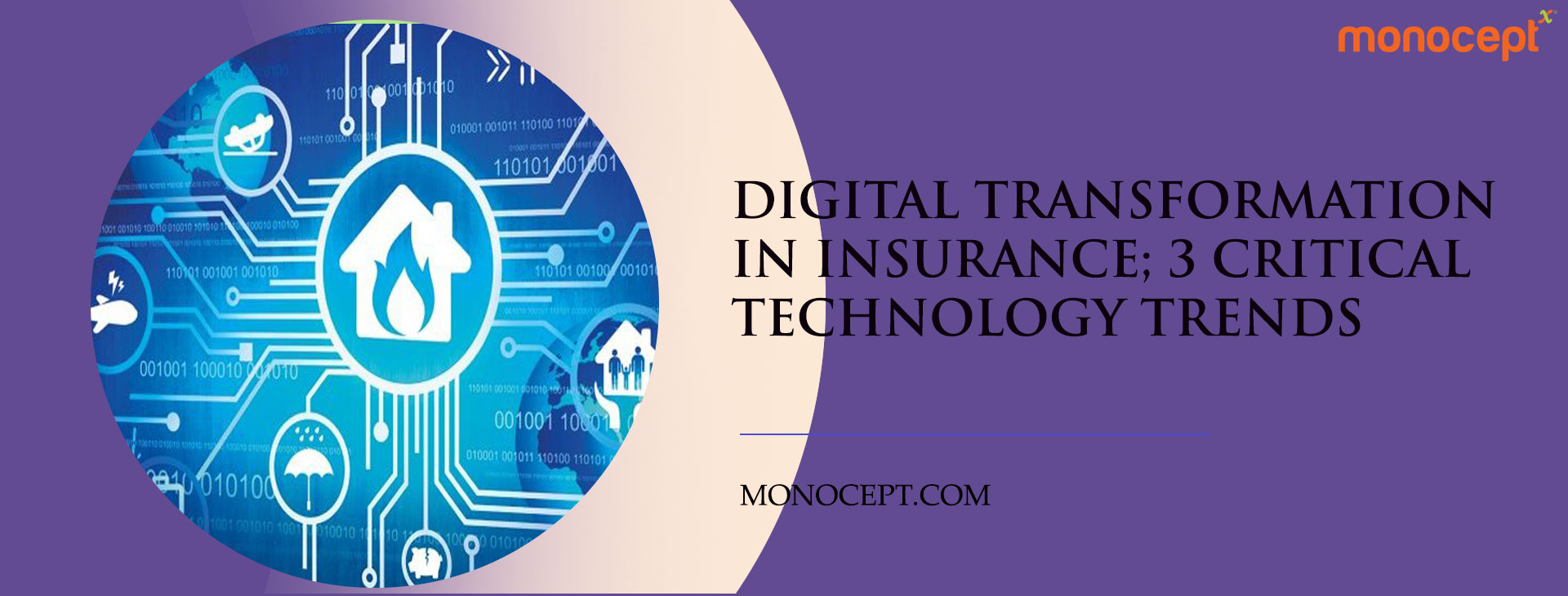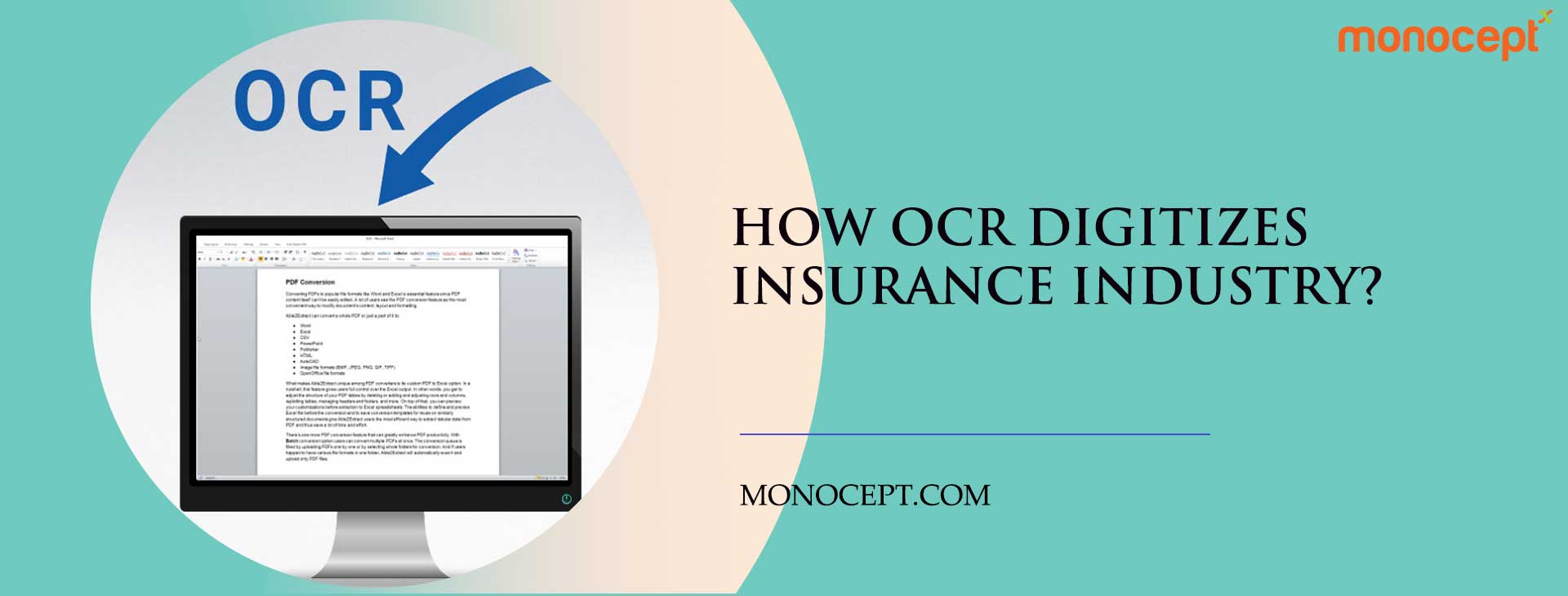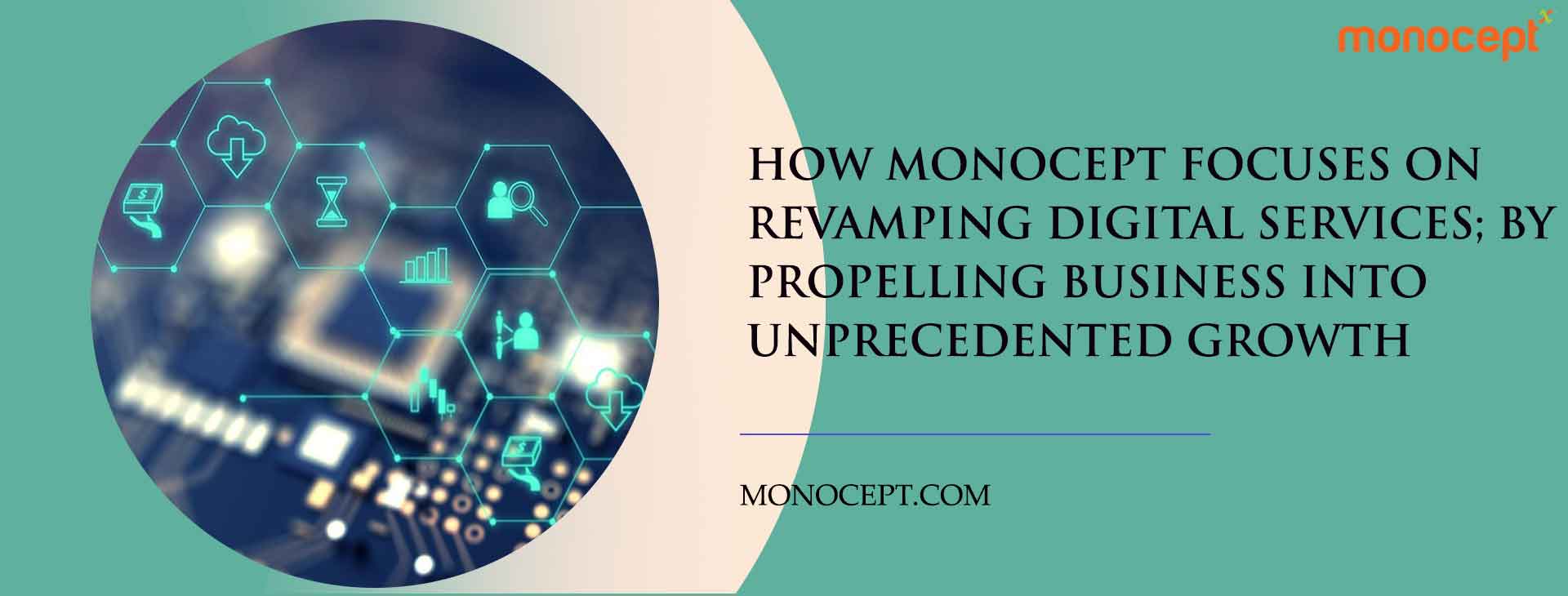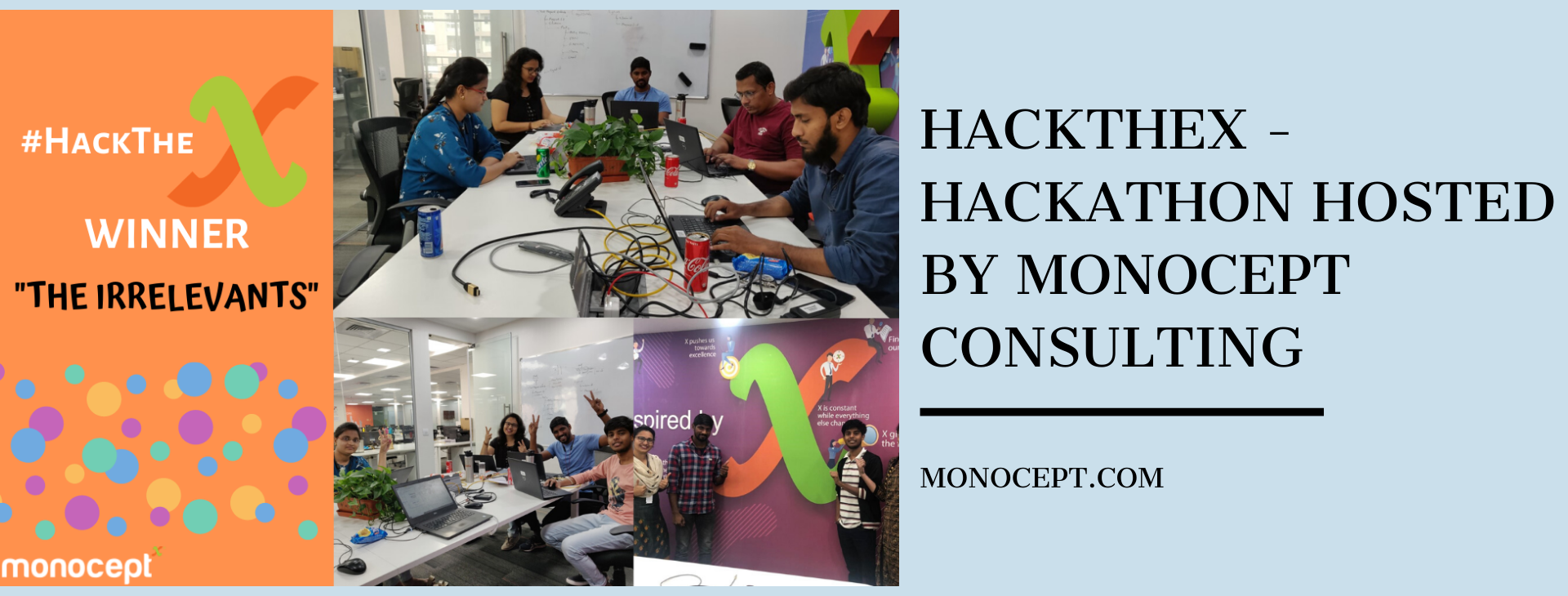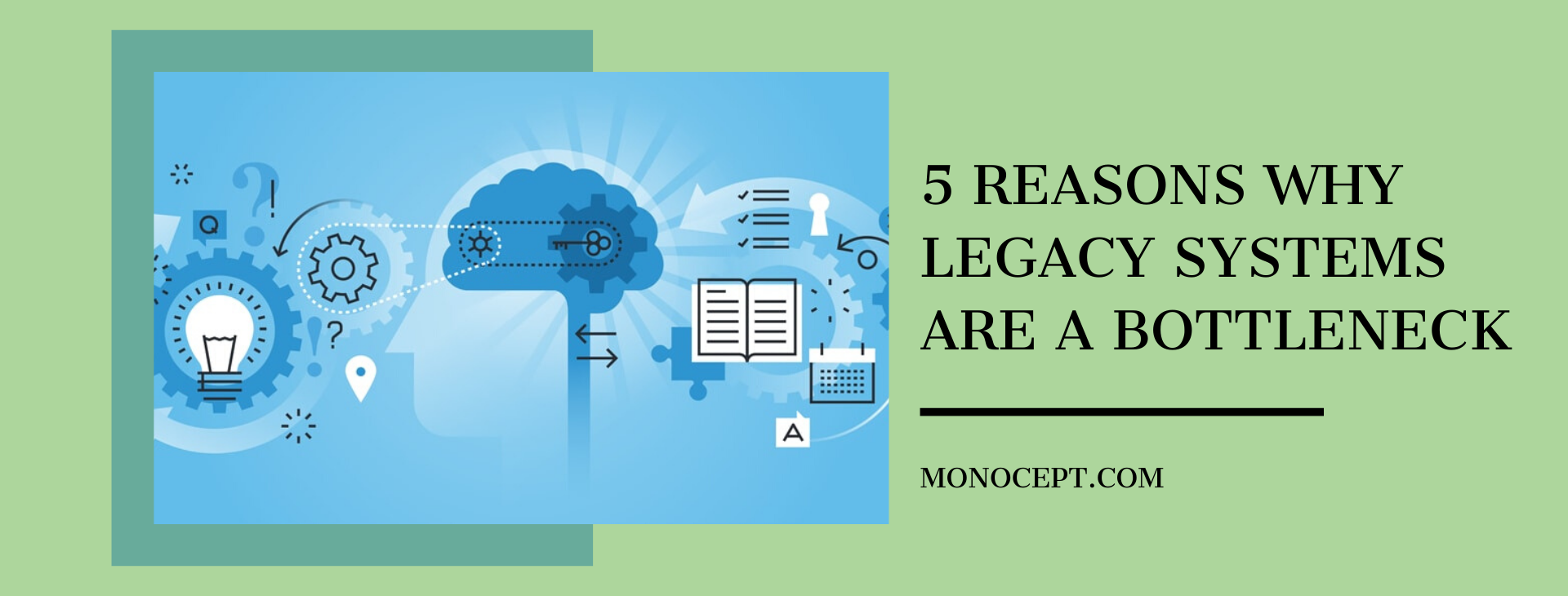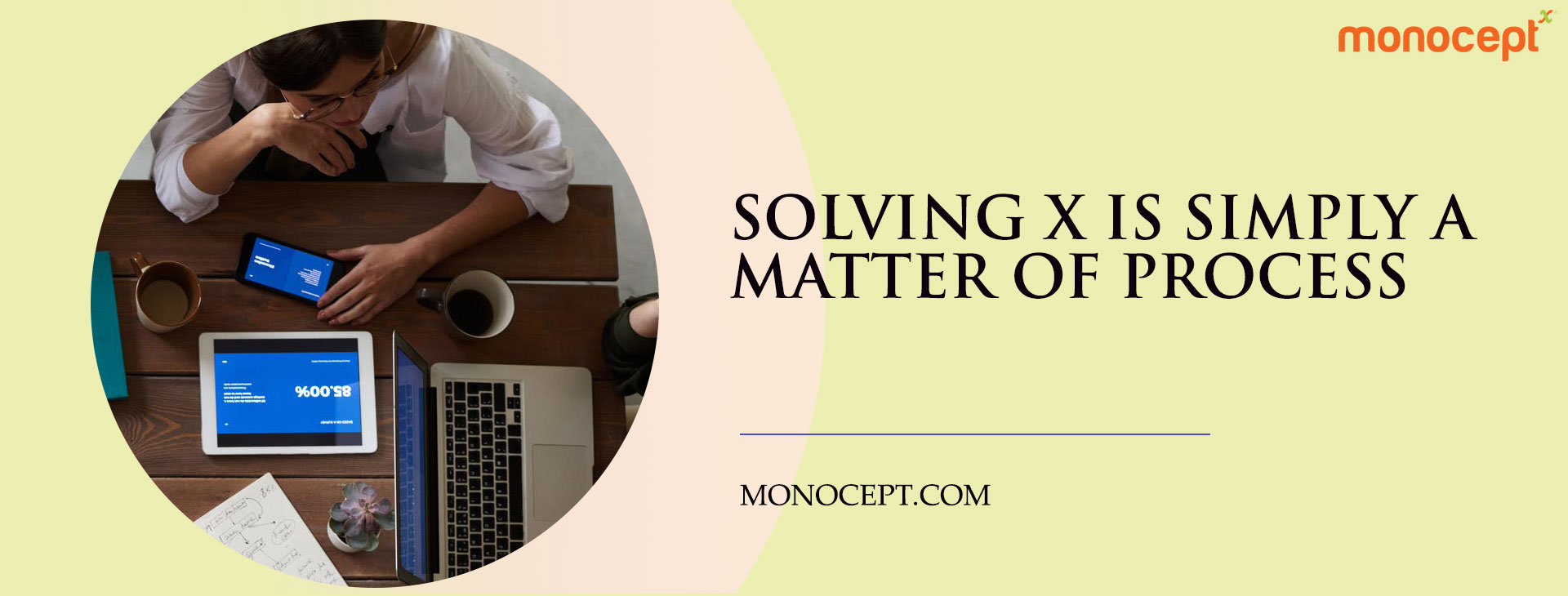Can Blockchain mutate the insurance industry?
For a while now, especially since Bitcoin’s implementation of blockchain technology as the backbone of its digital transactions, emerging blockchain technology has been considered the buzzword and one of the greatest revolutions in the way we do business since the advent of the Internet, 30 years ago. But blockchain is more than just a buzzword. Realising the huge innovation potential of blockchain to create and efficiently provide advanced, relevant and personalised products and solutions to customers’ problems in the BFSI sector, investments in blockchain-related startups across industries grew to more than $800 million in 2014-15.
Blockchains are decentralised, mutually (peer-to-peer) distributed, dynamic registries for the exchange of assets, payments, and verification of information that are almost impossible to corrupt. Information on a blockchain exists as a shared, live, and continuously updated database. Since a blockchain database is not stored in any one location, its records are easily accessible to a host of people, forcing the process to be transparent, reliable and easily verifiable. One of the biggest advantages of blockchain technology is that the data is not controlled by one single person or group. It does not have a single point of failure, which means that it holds everyone involved within the process to the highest degree of accountability. Blockchains are practically impossible to hack or manipulate due to the high level of in-built encryption in the form of digital signatures on cryptographic public and private keys that make it easier to verify who initiated a transaction, owns an asset, registered the data, or signed a contract.
Increasingly, insurance service providers are looking at blockchain technologies with keen interest as a means to solving the three major problems that plague the insurance industry:
Crisis of confidence
Even today, the financial services industry in general, and the insurance industry in particular, suffers from a crisis of trust on the part of the customer due to lengthy claims processes, opaque policies, and ambiguous ways of functioning. Due to all these factors, the world remains extraordinarily underinsured, despite the innovative and highly personalised products being offered. Blockchain can take care of all these problems because of the very nature of the technology – it can only function when there is transparency, considering it is not owned by any one entity and has permanent date, time and title stamps, document histories, and notary services.
Enhancing efficiency
Signing up for insurance, or changing insurers, can feel like a nightmare due to inefficient and laborious data-entry processes. In addition to this, there is the very real concern of losing control over personal data, as well as the frustration of having to repeat the data-entry process when insurers are changed. A customer-controlled blockchain, where only verification is registered can reinstate control with the customer and drive up engagement. Once the data is verified, it can be securely forwarded to other companies to use without the need to repeat the data entry or verification process.
Smart contracts
Another important way in which blockchains can improve efficiency of the insurance process is the introduction of smart contracts. Customers often tend to find insurance contracts long and confusing, while insurers are forever battling fraud. Through blockchain and smart contracts, claims can be managed faster and in a more transparent way. When insurance contracts are recorded and verified on the blockchain, valid claims can be paid out immediately and with minimum human intervention because the technology can ascertain whether all the criteria are being met and that there is no fraud of multiple claims being submitted for the same incident, benefitting both parties.
Detection and prevention of fraud
An estimated 5 to 10 percent insurance claims are fraudulent. According to the FBI, fake claims cost US non-health insurers over $40 billion a year. Blockchain can be used as a shared ledger between industries and insurers to detect identity theft and falsified records. Since the registry is live and constantly getting updated by all stakeholders within the network, it can help validate authenticity, ownership and origin of the claims and the documents being used to support said claims. A shared registry also makes it easier to pinpoint patterns of fraudulent behavior.
To know about Monocept’s expertise in Blockchain drop a mail at info@monocept.com.
What’s your Challenge? Let’s work together to solve it.












